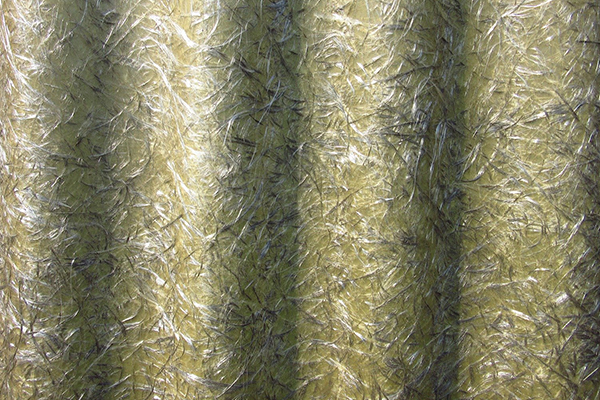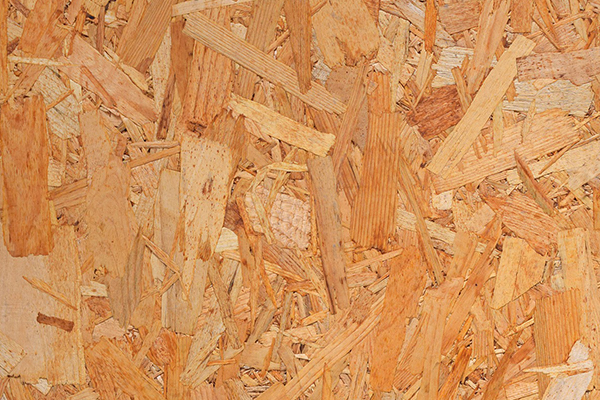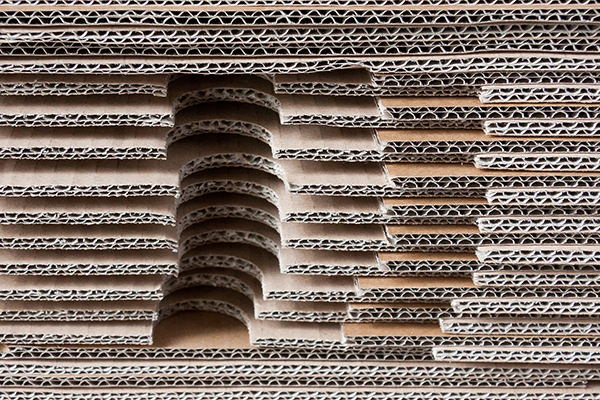
Prevent misconceptions that composite materials are cheap imitations of the real deal. Knowing how composite materials contribute to the security, transportation, medical, building, and engineering fields found all around us will help you better understand why composites are needed in our modern society.
iccm20.org gathered information about the definition, past and modern examples, and properties of composite material.
What is a Composite Material?
Composites are a combination of individual components. Composites are materials made by combining two or more natural or artificial elements (that contribute different physical or chemical properties to the final product). The component materials don’t completely blend or lose their individual identities. These materials combine and contribute their most useful traits to improve and strengthen the final product. Composites are typically designed with a particular use in mind, like increased flexibility, efficiency, or durability.
Past and Modern Examples of Composite Material
People have been making and using composite materials for several millennia. Take mud bricks, for example. If you try to bend dried mud, it will easily break. A piece of straw has strength when you try to stretch. By combining mud and straw in a brick, the properties of the two materials are merged, and you get a strong brick against both squeezing and tearing or bending. The following are examples of composites used in what we would consider “past times” or “the old days:”
- Mud Bricks (Mud bricks were composed of a mixture that potentially included clay, mud, loam, sand, and water, mixed with a strengthening material to inhibit crumbling like straw or rice husks)
- Wood (Wood composite is typically made from the hardwoods and softwoods used for lumber, only using the mill’s scraps and wood waste and manufactured by mixing ground-up wood particles with a heated thermoplastic resin)
- Plywood (Plywood is already a composite material, although we often see it as a traditional construction/building material. It is composed of individual plies, veneers, or layers of wood. Plywood is very strong due to how the plies are put together. They are glued together with a synthetic resin, making a significantly strong composite material)
- Fiberglass (Fiberglass is composed of multiple fine strands of silica polymers which may include alkali oxides, aluminum, boron, or other trace elements. When embedded in an epoxy matrix and cured, the resulting composite is strong, lightweight, and flexible)
- Carbon Fiber (Carbon fibers are typically combined with other materials to form a composite. They are also composited with other materials, like graphite, to form reinforced carbon-carbon composites, which have a significantly elevated heat tolerance)
- Rubber (Reinforced rubber products are one of the most expansive groups of composite materials, though they are not often referred to as composite)

Some modern composites include the following:
- Polymer Matrix Composites (PMC) (A polymer matrix composite is a composite material composed of multiple short or continuous fibers bound by an organic polymer matrix. PMCs are designed to transfer loads between matrix fibers)
- Ceramic Matrix Composites (CMC) (Ceramic matrix composites are commonly utilized in the aerospace field (gas turbines, thermal re-entry protection) and in the energy sector (heat exchangers, fusion reactor walls)
- Metal matrix composites (MMC) (Metal matrix composites are lightweight structural materials used in aircraft manufacturing, helicopters, and spacecraft. These materials consist of hard reinforcing particles embedded within a metal matrix. This MMC matrix is usually a low-density metal alloy like aluminum, magnesium, or titanium)
- Glass (Composite glass is the terminology used for a laminate having a minimum of two glass panes which are connected by an adhesive intermediate plastic layer)
- Fabric (Composite fabrics are fabrics including several structural elements combined into a single structure)
- Paper (Composite paper is processed together with other packaging materials like plastics and metals, intended to improve its brittle force, stiffness, and strength)
- Reinforced Plastics (Used in the aerospace, automotive, marine, and construction industries, fiber-reinforced plastic is a composite material made of a polymer matrix reinforced with fibers)
Here are a few household composites that may surprise you:
- Window Frames
- Hot Tubs
- Fiberglass Doors
- Shower Stalls
- Corrugated Cardboard
- Outdoor Benches

In all fairness, practically everywhere you look, you will see something made using composite material. We owe the advances made in all education, scientific, medical, and construction disciplines to the development and use of composite material.
Common Properties found in Composite Material
As a class of materials, composites seem to have many of the following characteristics in common:
- High strength
- High modulus
- Low density
- Excellent resistance to fatigue, corrosion, and wear
Note: Composite materials are manufactured to create specialized material to perform a specific job. In most cases, the objective is to become stronger, lighter, or increase electrical resistance.
Composite Material Explained
In this article, you discovered information on composite materials’ definitions, examples, and essential qualities.
Knowing how composite materials have improved nearly every aspect of modern science and society will help you develop a greater appreciation for this technology.
Ignoring the importance of composite materials in your daily life will leave you oblivious to the improvements made around you every day.
Sources:
authors.library.caltech.edu/5456/1/hrst.mit.edu/hrs/materials/public/composites/Composites_Overview.htm
my.mech.utah.edu/~rusmeeha/labNotes/composites.html
depts.washington.edu/matseed/mse_resources/Webpage/Composites/composites.htm
iyrs.edu/iyrs-blog/blog-details-page/~board/student-blogs/post/the-many-exciting-uses-of-carbon-fiber-composites
